Search
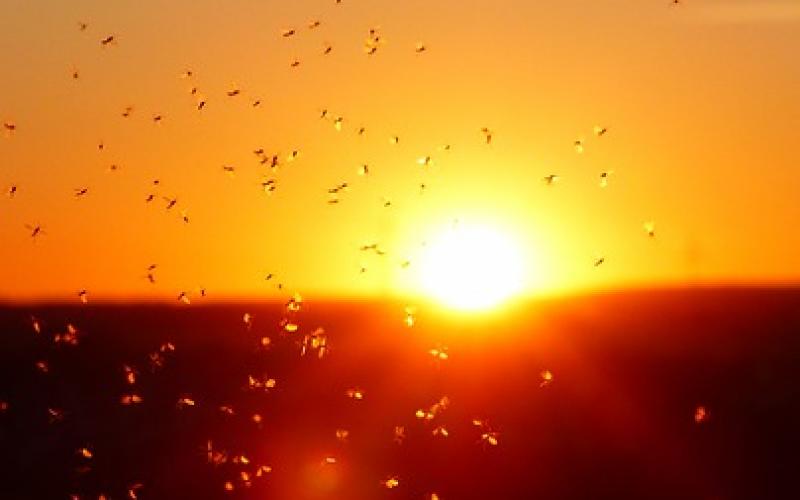
West Nile in South Dakota: Expect Cases Into Early Fall
While it’s true that in South Dakota most West Nile Virus cases occur during August, new human infections are detected well into September in most years.
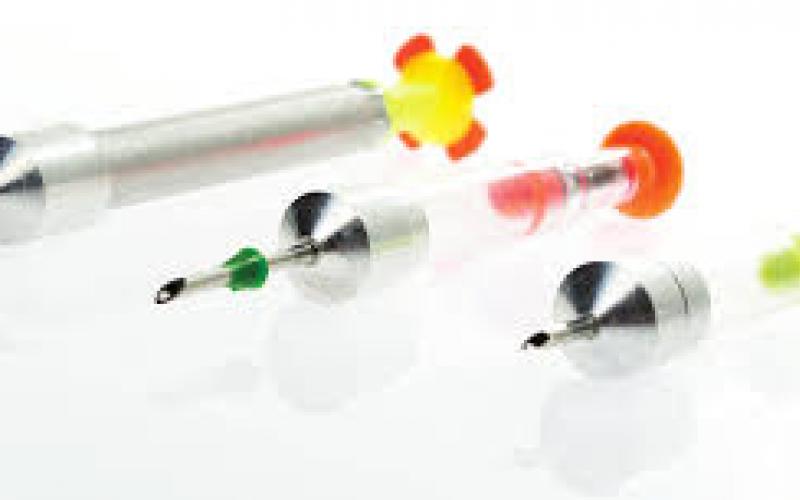
Discussing the Dart Delivery Method for Treating Cattle
Cattle ranchers strive to minimize the stress of handling and disease on their animals. One way they can do this is by implementing remote delivery devices.
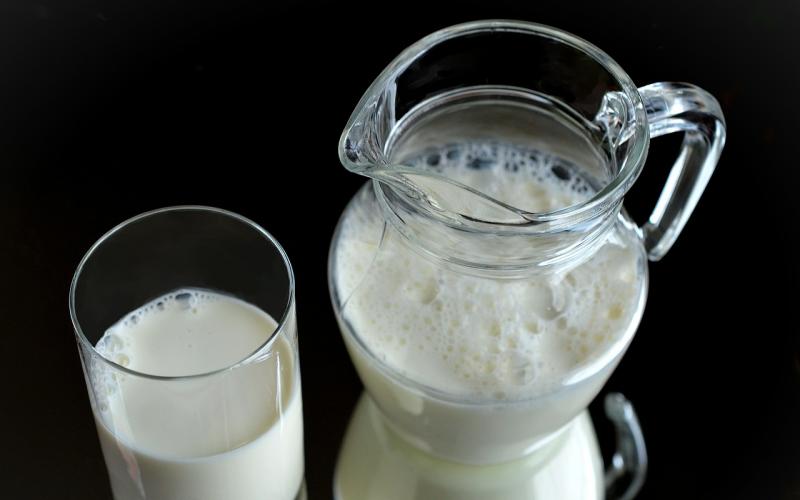
What is an Ultra-Filtered Milk Product?
Milk products made using ultrafiltration offer higher contents of valuable components, such as protein and calcium.
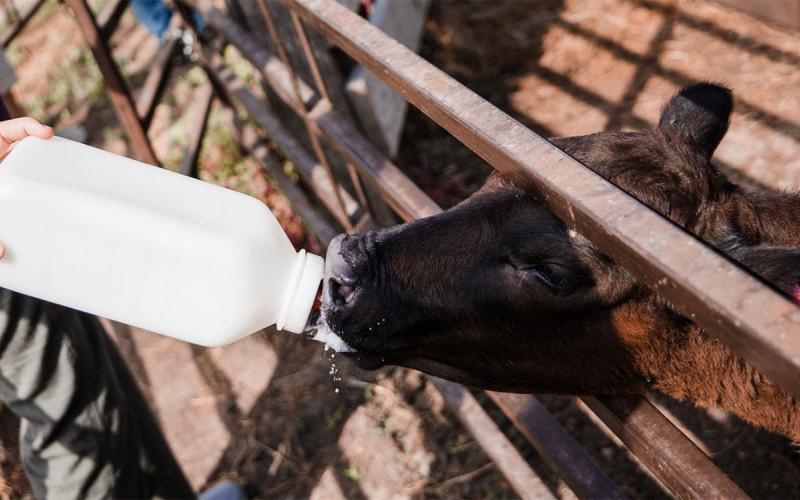
Managing Orphaned Calves
With careful management and proper nutrition, calves orphaned by challenging winter weather can perform similar to calves still on the cow.
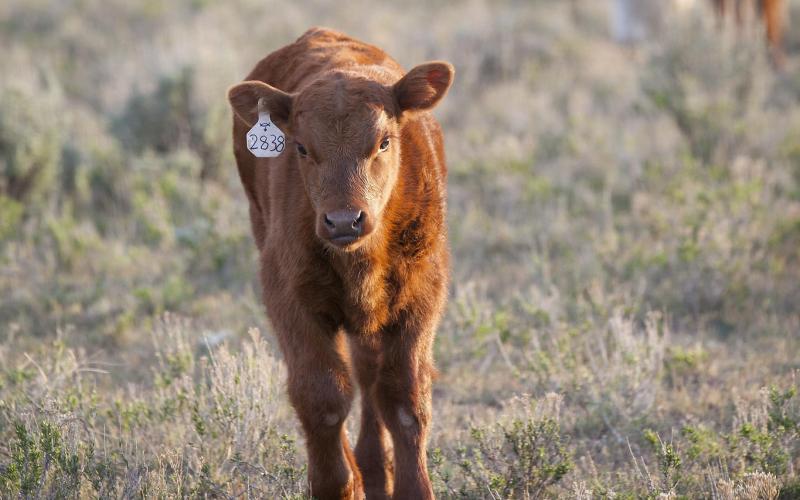
Managing Light-Weight Calves
Weaning calves early is a powerful management tool to reduce demands on range and pasture.
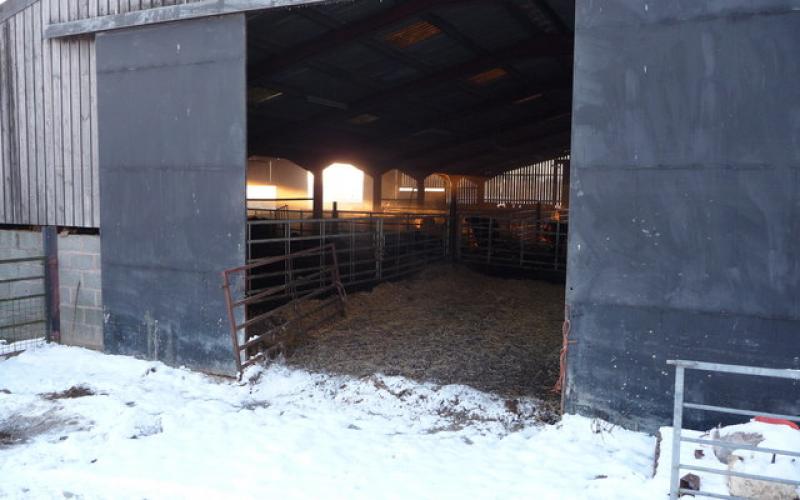
How Often Should You Check Cows During Calving Season?
The routine “calving check” is one of the most important tasks on the list of beef cattle producers during calving season.
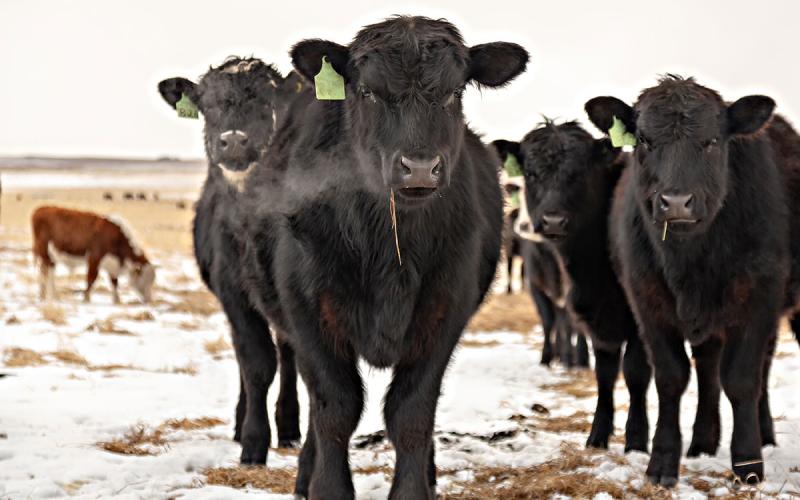
Keep Watch of Young Cows During Calving
Frequent observation of first-calf heifers and good recordkeeping around calving will give producers insight into which heifers are going to breed back and others that might need some extra care.

Emergency Preparedness on Dairies
Being prepared for an emergency on your dairy can significantly improve recovery time from an unexpected incident.
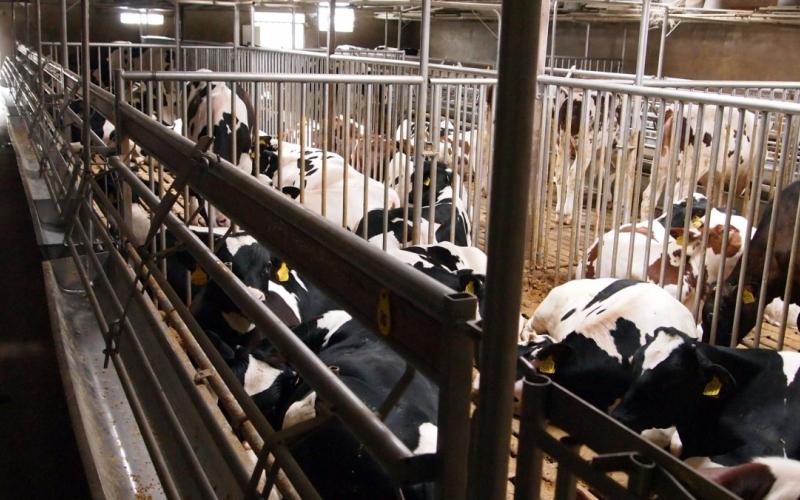
Diminishing Personal Injury on Dairy Farms
Within the dairy industry there is a high percentage of contact time between animals and human beings on a daily basis.

Veterinary Feed Directive: What You Can’t Do With a VFD
Livestock producers and veterinarians have been adjusting to the Veterinary Feed Directive (VFD) rules put into effect on January 1, 2017. With the onset of the rules, producers need to square their previous treatment methods with what a VFD can and can’t do.